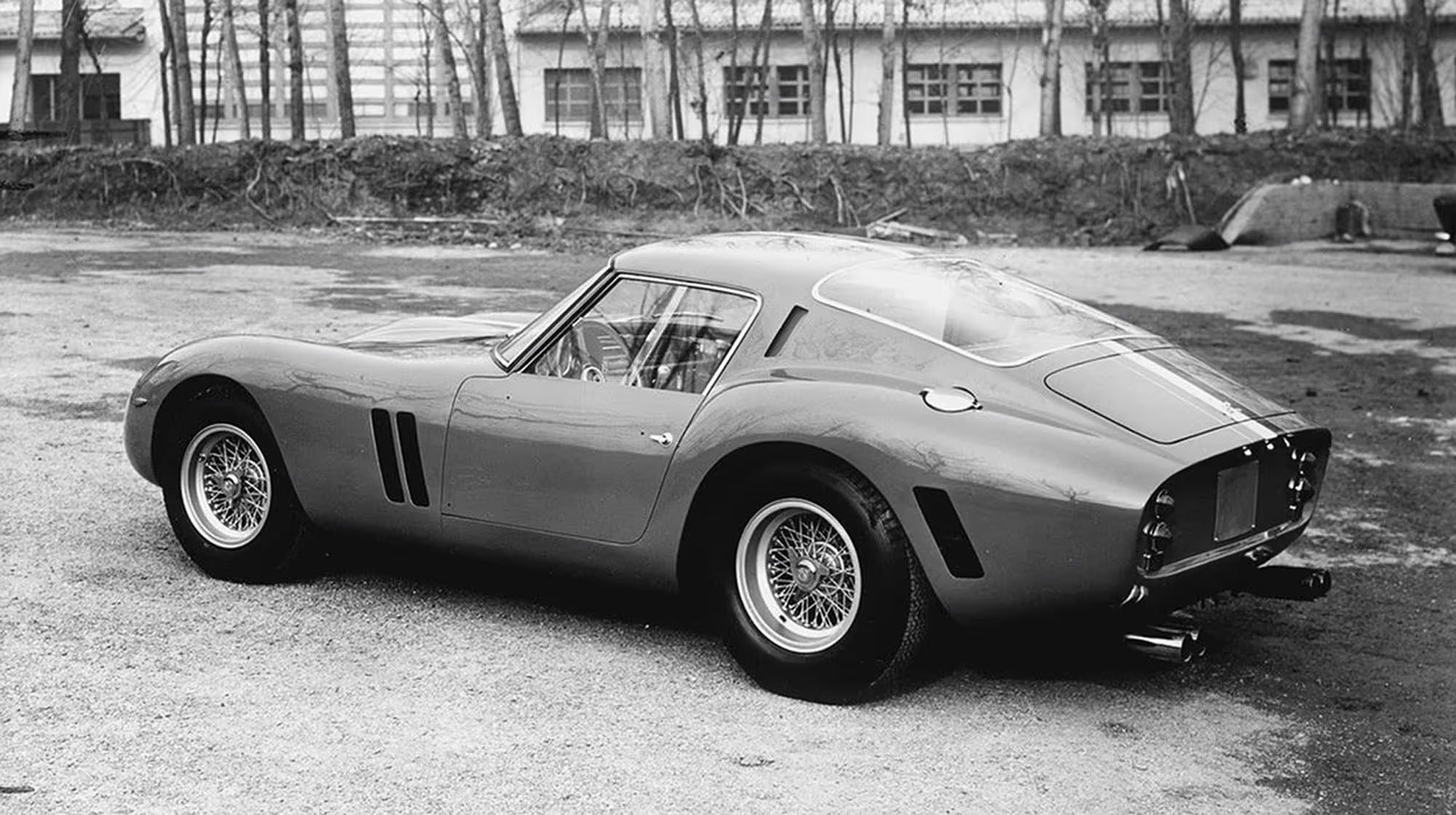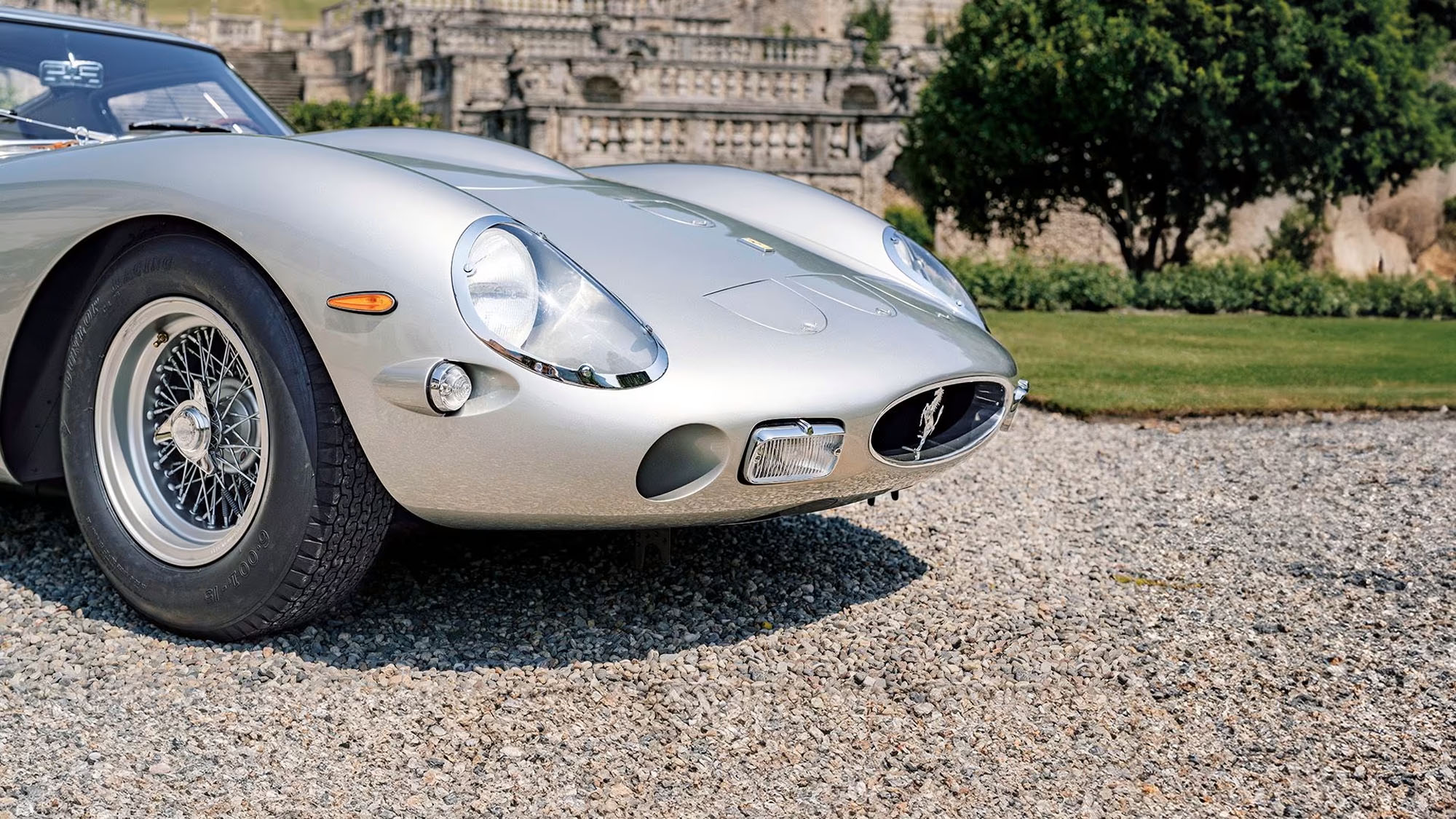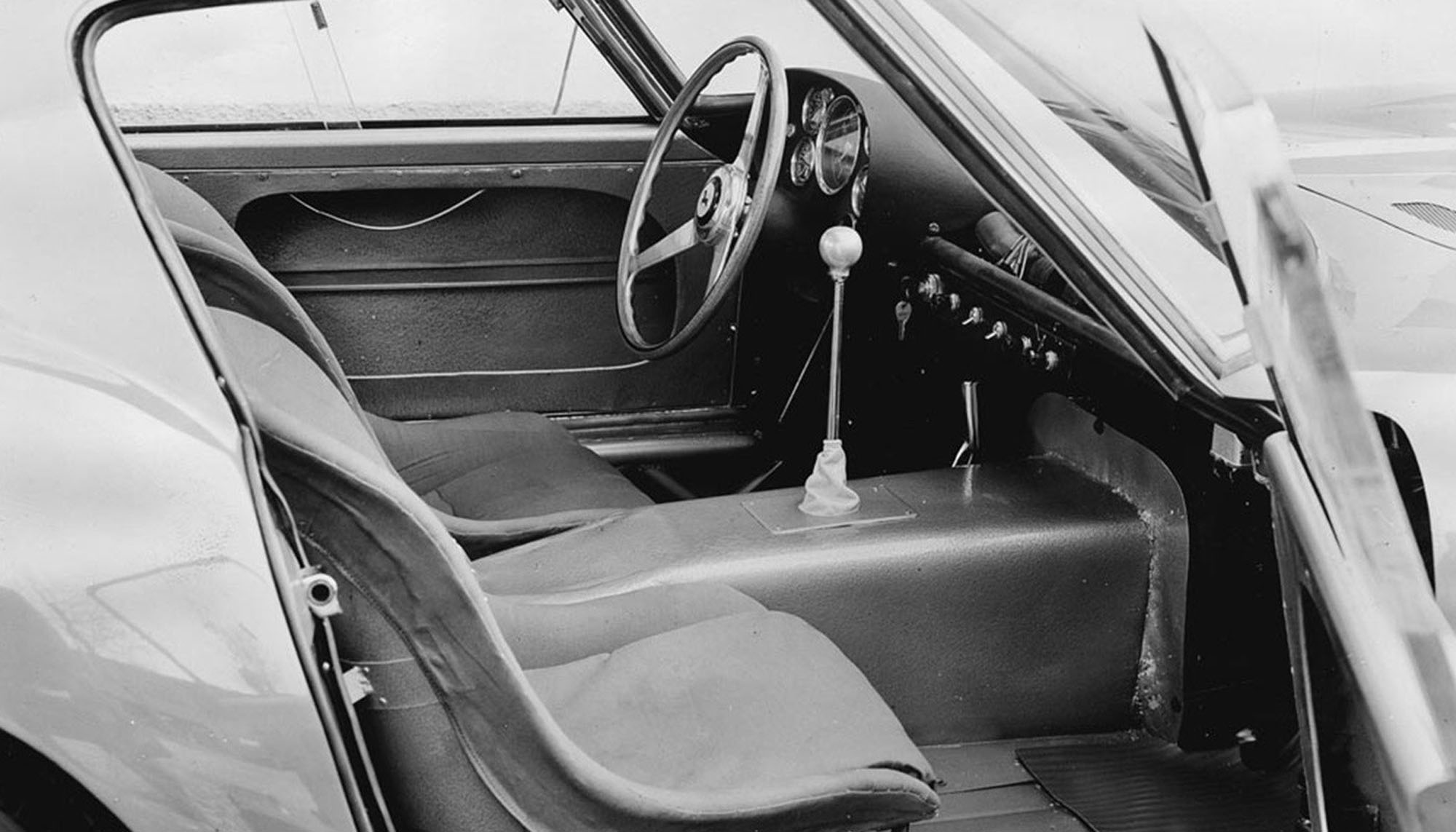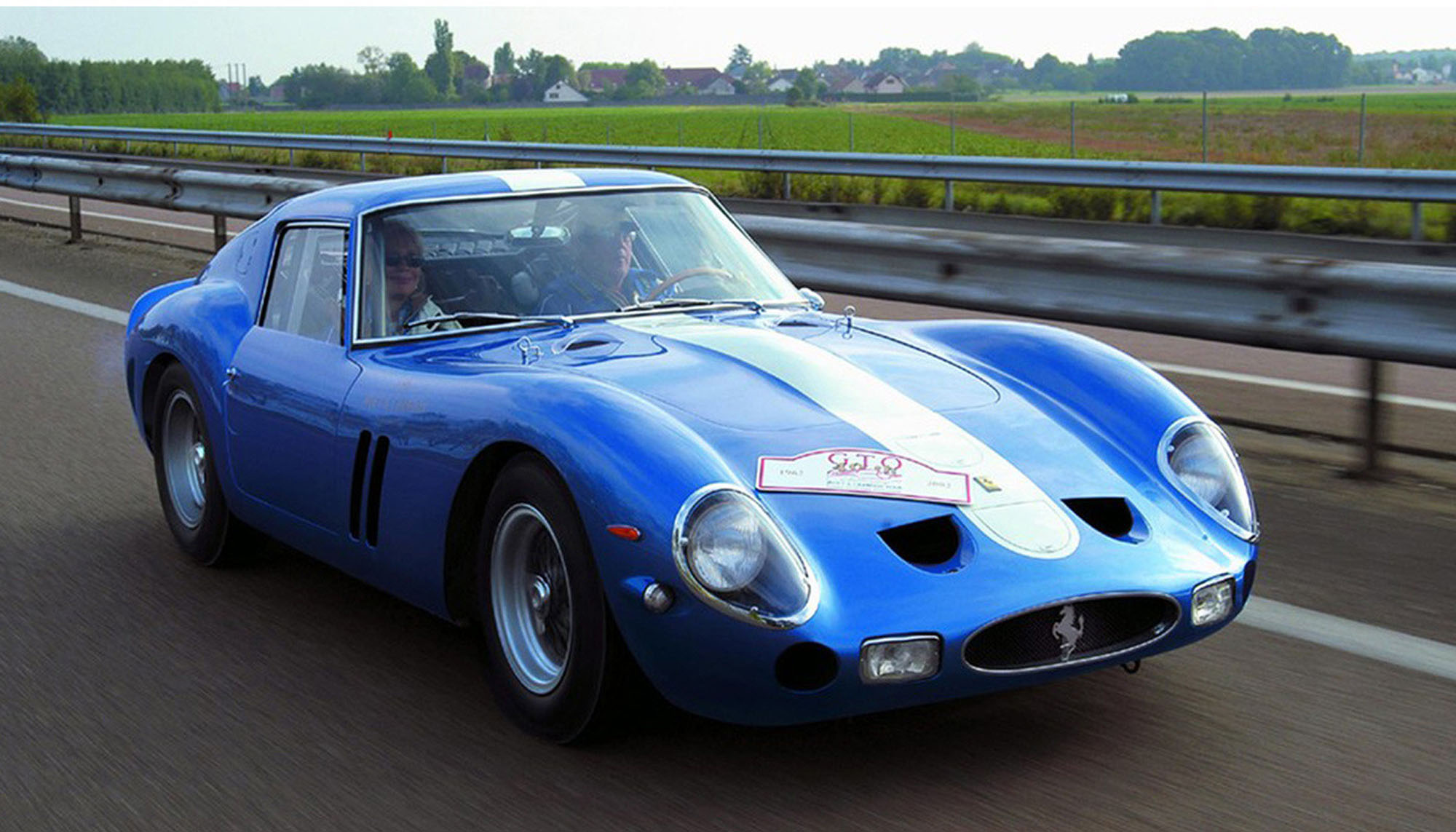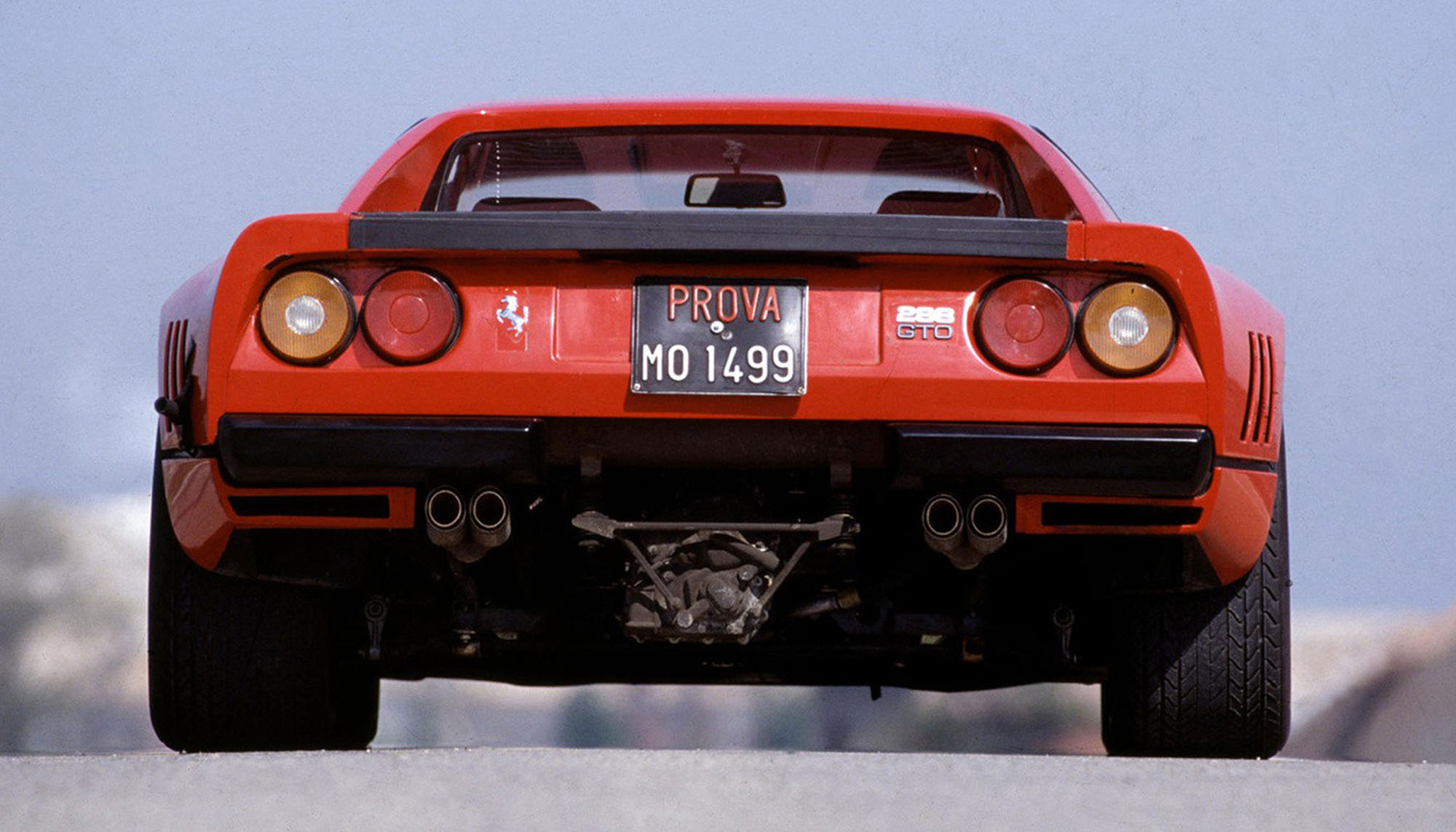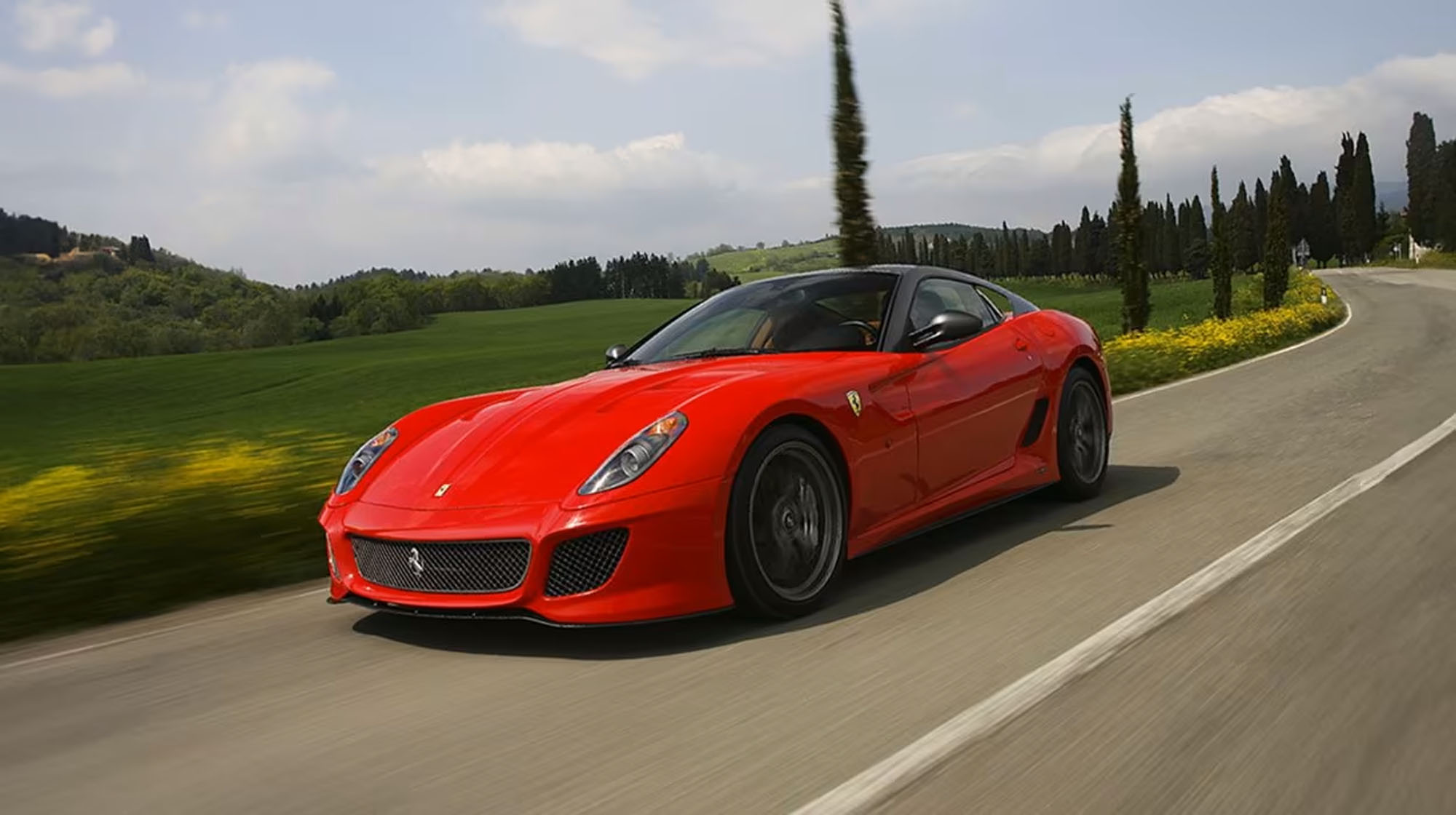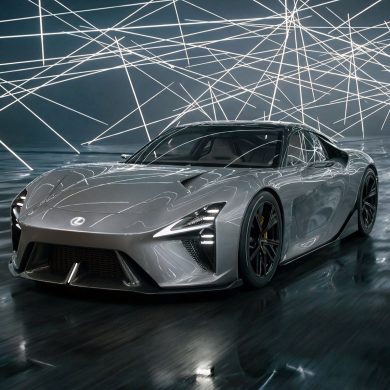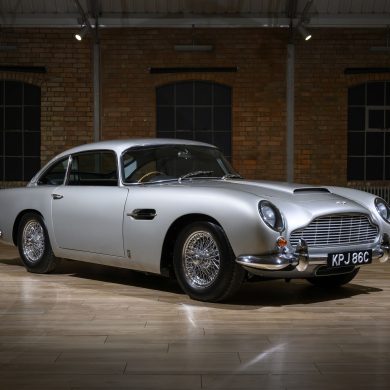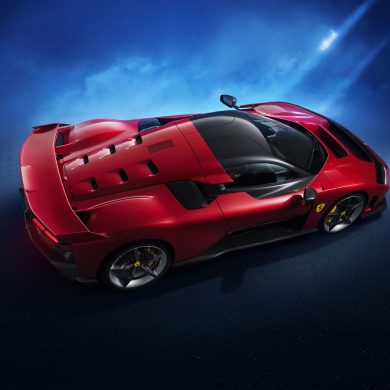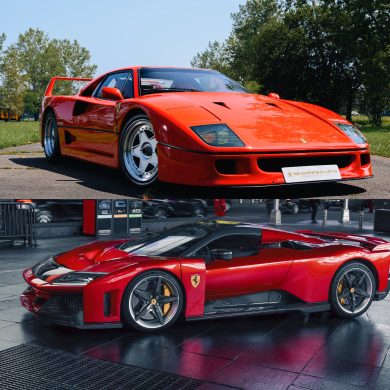By Jason Barlow
The Ferrari 250 GTO is one of the most legendary Prancing Horses ever to emerge from Maranello. Its thoroughbred bloodline produced just two further GTO models, both of which embodied the original car’s ultra-competitive spirit
Background
The O, of course, stands for Omologata, but if a car was ever greater than the sum of its parts – or its original purpose – it’s the 250 GTO. Ferrari’s domination in world sports car racing, in an era when it rivaled Formula One for popularity and prestige, means that the GTO’s motorsport success has secured its provenance. But it’s the way it looks that has captured the wider imagination.
This first GTO was powered by Gioachino Colombo’s V12, a battle-hardened veteran by the early ‘60s, boasting 3.0 liters in capacity, a twin overhead camshaft, and a power output of 300cv. The 250 GTO also marked the start of Ferrari’s aerodynamics experiments, which sought to reduce lift at the front and improve downforce at the rear. Most GTOs had two cooling air intakes in the front wings but some had three, though none of the 36 Series One cars were identical. Like all racing Ferraris, they were constantly being fettled and upgraded in pursuit of faster lap times.
The GTO racked up more than 500 competitive appearances, including two overall wins in the Tour de France and class wins in the Targa Florio, Sebring, and at Le Mans (where GTOs finished second and third overall in 1962). One of the best-known was a right-hand drive car, painted a memorable pale green, and campaigned by the UDT-Laystall team, run by Stirling Moss’s father Alfred and his manager Ken Gregory. Those who know it well reckon it was “peak” Ferrari: an easy car to drive fast, and a fast car that looked sublime.
A new GTO for the 80s
The competition element is the connective tissue with the GTO (the 288 GTO), which debuted in 1984. Partly inspired by but ultimately denied the opportunity to compete in the early ‘80s Group B category, the GTO benefitted from the input of Ferrari’s Formula One experts. Its chassis was a high tensile steel space frame, with Kevlar, glass fiber, and aluminum elsewhere. At its heart sat a 2.8-litre 32V V8 mounted longitudinally in the middle of the car, which allowed the ancillaries, gearbox and twin IHI turbochargers to be more efficiently packaged. There was no ABS, traction control, or four-wheel drive.
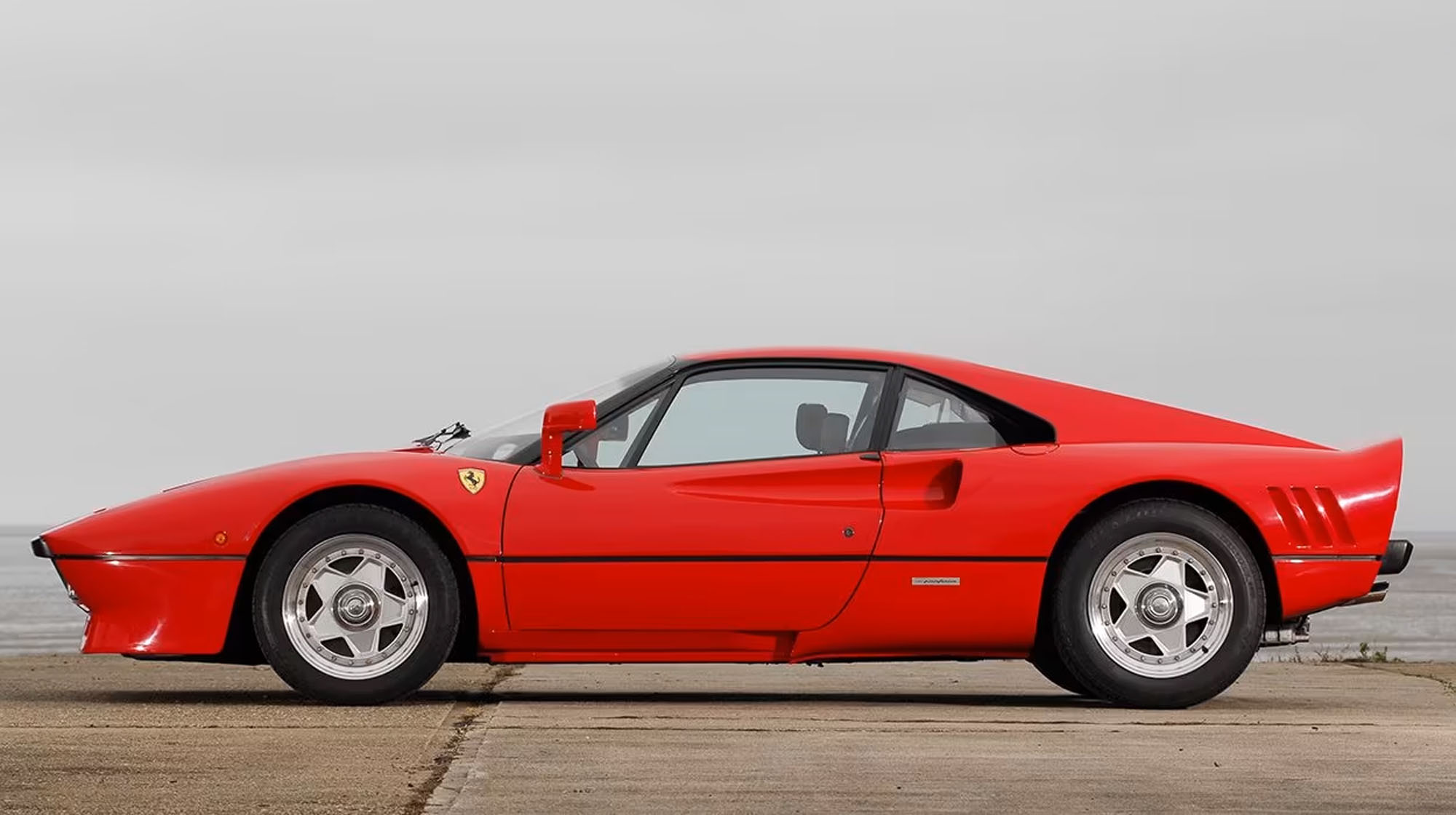
It remains a joy to drive all these years later. It idles with a slightly shrill note, as so many flat-plane crank Ferrari V8s do, and buzzes and vibrates. It’s surprisingly easy to drive quickly, and although it’s a twin-turbo (like the F40 that succeeded it), it doesn’t fast forward towards the horizon with the same eye-widening hysteria. It’s also beautifully damped, with a suppleness that gives it an unexpectedly GT-like character. Where you might imagine this GTO to be highly strung, it’s actually very tractable and confidence-inspiring.
21st Century
That’s not something you’d say about 2010’s 599 GTO, as dynamically extreme a car as Ferrari has ever made and consequently one of the most exciting. It’s not a competition car, but it does channel a lot of the track-only 599XX, with extensive aero modifications, a heavily revised suspension setup, and a phenomenal braking system.
But the software electronics mark this out as a true GTO. It sits on wider wheels and bigger tires – bespoke Michelins – so the level of mechanical grip and agility is off-the-scale. As on the latest fighter jets, which use hi-tech avionics to rein in the aircraft’s extremes, Ferrari’s engineers tuned the traction and stability control to make the car as accessible as possible at the limit.
This means that while it’s perfectly useable as a daily driver, the 599 GTO is thrillingly alive the faster you go, with an almost unreal steering feel and sharpness at the front end. Especially since that’s where its 6.0-litre V12 sits, with all 670cv of it. The 599 GTO, like its two forebears, is a car of extraordinary character, but this one is also a science lesson.
Living Legacy
That makes it a worthy vehicle – in every sense – for those three almost mythological letters in the ongoing Ferrari narrative. Pushing the boundaries is part of the company’s remit. And this illustrious trio of Ferrari sports cars could never be accused of doing anything less.
Above content © 2025 Ferrari SpA, reviewed and edited by Rex McAfee


